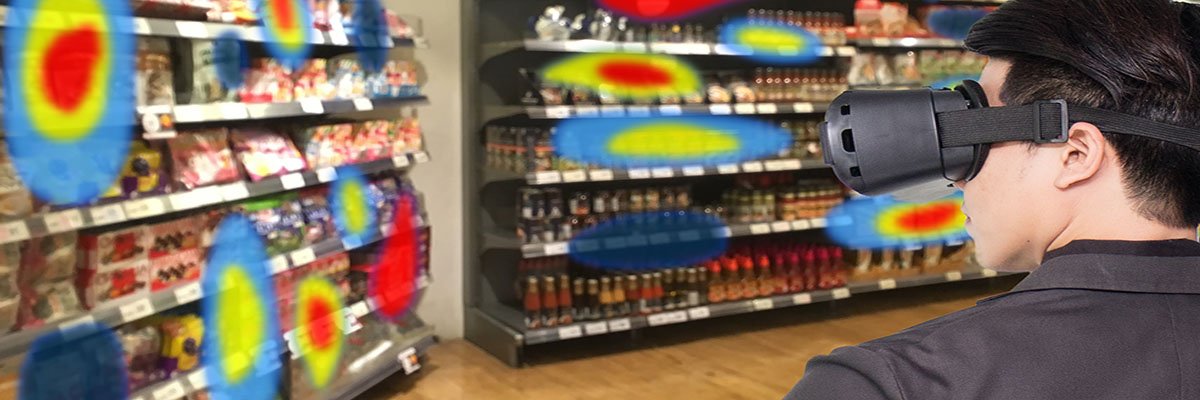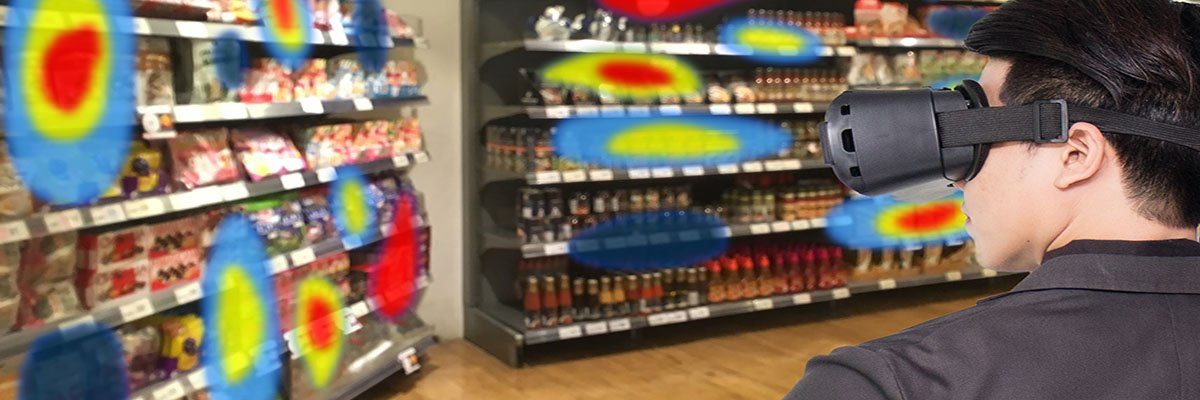
Kellogg’s has been working with Accenture and Qualcomm to test the use of virtual reality (VR) technology to determine the best place to display new products in stores.
The pilot used eye-tracking technology in a VR headset to learn more about how customers react to product placements in stores, helping the brand to develop strategies to boost sales of certain products.
Consumers wearing the headset are immersed in a 360-degree store environment, which allows the brand to monitor the user’s eye movements, including which products they look at and for how long.
“When trying to best assess a future product’s shelf placement, this new methodology provided optimal guidance from both a product and category perspective,” said Jenny McDaniels, senior manager of category strategy at the Kellogg Company. “This approach provided multiple data outputs, which in turn created a holistic solution that would drive success for both the category and product.”
The trial used a combination of Accenture Extended Reality (XR) software and Qualcomm VR headsets to allow participants to move through a “simulated store”, pick products, place items in shopping trolleys and make purchases.
While customers are doing this, their eye movements are monitored to allow Kellogg’s to collect data about customer behaviour in the store.
Kellogg’s tested the technology for the launch of a new product, Pop Tart Bites, to determine the best placement in a store to increase purchases.
Because the technology operates on a mobile platform, it allows for a wider range of locations for merchandising research, and is based on behaviour in a store environment rather than traditional survey-based product market research which usually takes place online or in customers’ homes.
Wherever these VR tests take place – in customer homes, in real stores or at events – they allow the consumer to enter an immersive environment.
VR bags surprising insights
The VR-based research found the best placement of Kellogg’s Pop Tart Bites in a supermarket would be on a lower shelf, despite traditional merchandising research suggesting customers are more likely to look for new products on higher shelves.
When the product was placed on a lower shelf during the trial, it increased the sales of the product by 18%.
“Combining the power of VR with eye-tracking and analytics capabilities allows significant new insights to be captured while consumers shop by monitoring where and how they evaluate all products across an entire shelf or aisle,” said Raffaella Camera, global head of innovation and market strategy at Accenture Extended Reality.
“Ultimately, this enables product placement decisions to be made that can positively impact total brand sales, versus only single product sales.”
The digital nature of the test also means it takes less time and costs less to implement possible testing scenarios.
The use of VR and augmented reality (AR) technologies in retail environments has increased in recent years. For example, Pizza Express launched an AR game for customers to play during meals in the summer of 2018, while a number of retailers have been using VR technology for training purposes.

